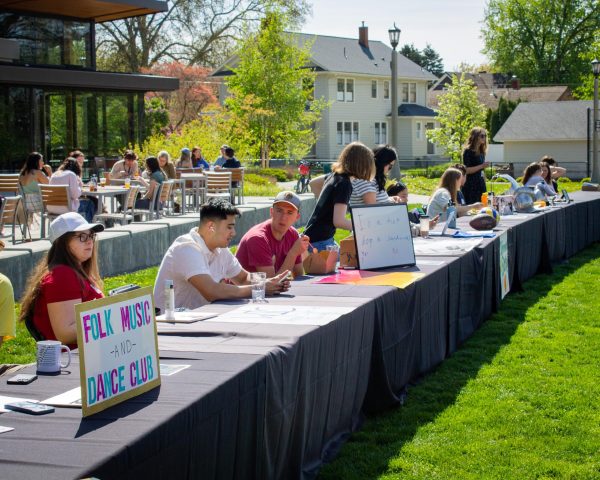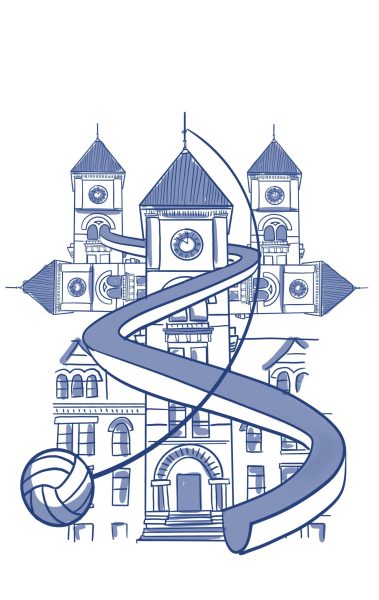Examining the College Admissions Process
April 7, 2019
On Mar. 12, charges came out against fifty people who were suspected of involvement in a bribery scheme regarding college admissions. Those involved have been accused of bribing standardized test administrators, college sports coaches and of laundering this money under the guise of a charitable donation. Public support for the trial has been unanimously positive: people recognize that lying about academic or athletic proficiency is an immoral mode of gaining admission.
They are right — it is wrong. But there are two other modes of getting into a college that completely ignore applicants’ merit which are extremely prevalent and are essentially accepted by the public. These modes are legacy admission and what is termed “development cases.”
Legacy admission is the common private school practice of admitting descendants of alumni. Richard D. Kahlenberg in “Affirmative Action for the Rich: Legacy Preferences in College Admission” claims that three quarters of research universities and close to every liberal arts college employs legacy preference in admission. The main problem with this is that it is a method which keeps the educationally elite families educationally elite, regardless of an individual’s legitimate propensity towards academia.
Development cases are when a potential student is related to someone who either has donated or has the ability to donate large sums of money to the school. Stanford is known to give preferential treatment to those who could donate $500,000 or more. If such a large institution needs this amount, chances are that smaller institutions need less to give an applicant a better chance at being admitted. This is for the obvious reason that colleges and universities — like any other institution — care about money and want to maximize monetary inflow. If a degree is granted as the means to the end to a financially successful career, as it is for many people, then this practice rewards financial success with financial success.
These practices should appall us just as the recent case does. If anything, the latter two cases should be more worrying as they are ingrained systematic methods. The bribery case is an event outside of the systematic framework, and it is being corrected. Development cases and legacy admissions represent the exact same moral wrong that the bribery case does. The main difference is that it is obvious the bribery is wrong: they are on trial, and so the dichotomy is clearly illustrated.
This moral wrong is that the educational system is keeping the successful successful, and the underprivileged underprivileged. That is a systematic truth. It is not the only thing the educational system is doing. Surely colleges and universities do wonderful things like offer financial aid, and really the idea of a university is a wonderful thing since it offers people the ability to improve themselves, but a pro-wealthy admissions process is a major flaw.
We should look at how the bodies that claim to help us, regardless of the good they do, have problems. Optimization is the modern goal — we should broaden our views about that which can be improved.







